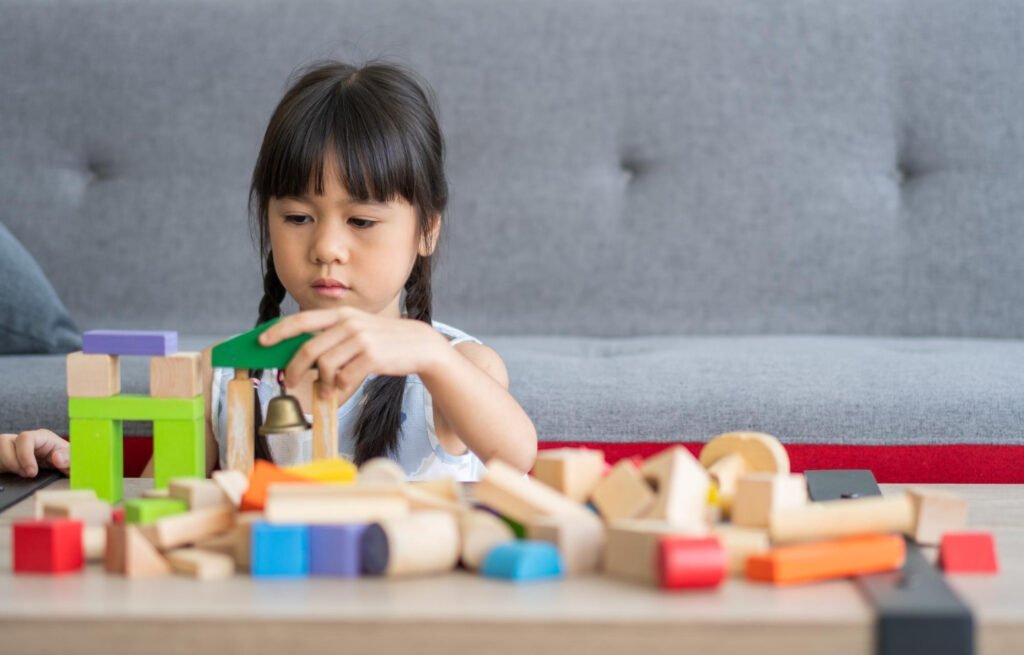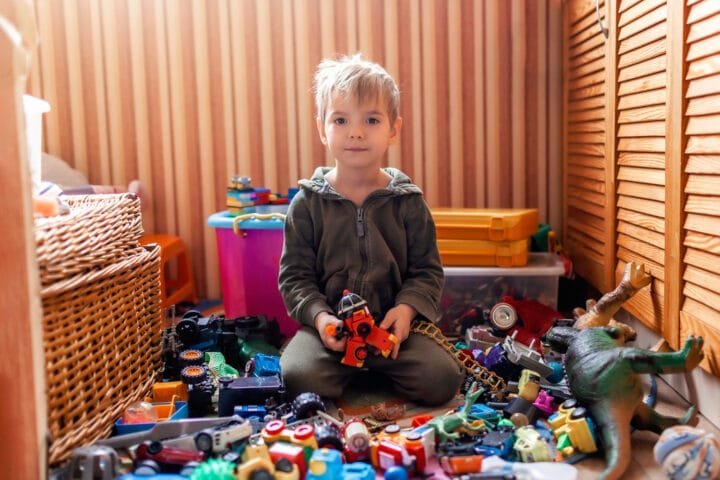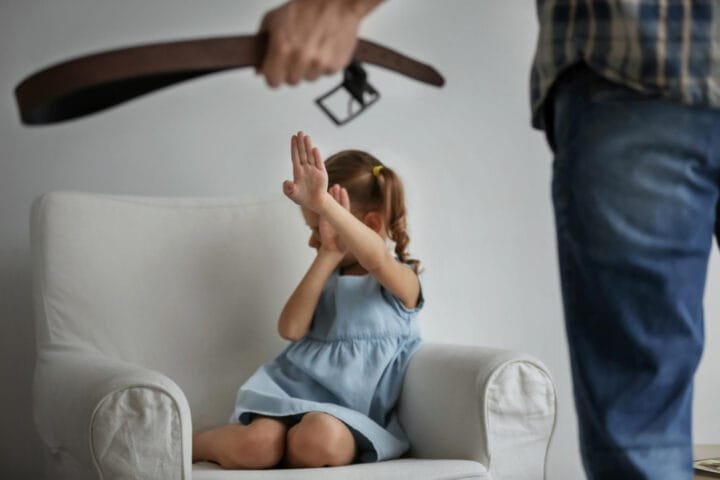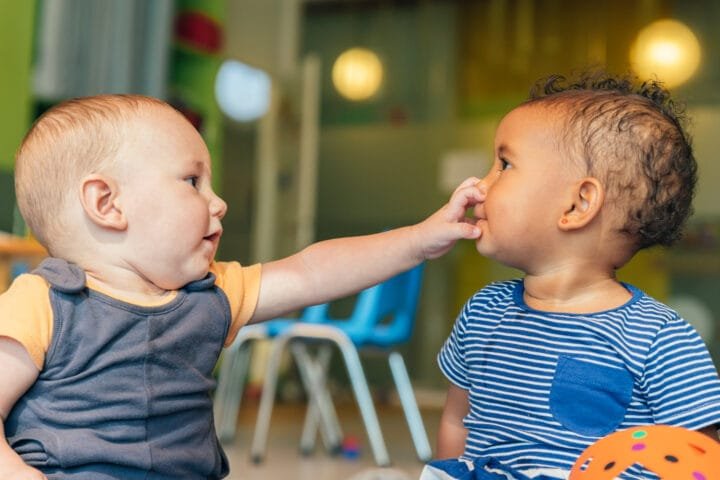When Do Kids Stop Playing with Toys?
One common question parents often ponder is, “When do kids stop playing with toys?” This question is more than just a curiosity; it speaks to toys’ significant role in a child’s development and the inevitable transitions that occur as they grow. Toys serve as fundamental tools for learning, enhancing creativity, and fostering social skills in children. However, as children age, their interests and needs evolve, leading to a gradual decline in their engagement with traditional toys.
Understanding this transition can help parents support their child’s developmental journey more effectively. While each child’s timeline will vary, several common patterns can offer insight into this progression. This blog post aims to delve into these patterns and comprehensively examine the factors that influence when do kids stop playing with toys.
By exploring the stages of child development, the role of toys at different ages, and the influences of external factors like culture and technology, we will paint a clear picture of when and why this transition generally happens. Furthermore, we will address practical ways for parents to support their children during this phase.
Understanding the Role of Toys in Child Development: A Key to Empowering Parents
Toys play a fundamental role in the multifaceted development of children, encompassing cognitive, social, emotional, and physical growth. During early childhood, toys are not merely objects of play but essential tools that aid in holistic development.

Cognitive Development
Toys such as puzzles and building blocks foster problem-solving skills and enhance critical thinking abilities. For example, LEGO Classic Medium Creative Brick Box and MEGA BLOKS First Builders Toddler Blocks Toys Set encourage children to strategize, recognize patterns, and understand cause-and-effect relationships.
Social Development
Toys like dolls, action figures, and board games encourage interaction and collaboration. Children learn about empathy, communication, and negotiation through role-playing and cooperative play with items like the Melissa & Doug Wooden Building Blocks Set or educational books such as LeapFrog Learning Friends 100 Words Book.
Emotional Development
Soft toys and comfort items provide security and help children navigate complex emotions. Making-believe play allows children to process experiences and emotions in a controlled setting.
Physical Development
Toys that require coordination and movement enhance motor skills. Fine motor skills are honed through precise hand movements, while gross motor skills improve through physical activities engaging larger muscle groups.
Understanding when kids stop playing with toys involves recognizing that toys’ developmental benefits are most pronounced in early childhood. As children grow, their interests evolve, reflecting their developmental stages and maturity.
Variability in When Children Stop Playing with Toys
The transition from playing with toys is subjective and cannot be pinned to a fixed age. This variability is a reassuring reminder that each child’s journey is unique and should be celebrated.
Personality
Some children with vivid imaginations may cling to their playthings longer, weaving complex stories and scenarios. Conversely, others might graduate to more structured activities at an earlier age.
Maturity Levels
While cognitive and emotional development milestones set a general timeline, there is extensive variability among children. Some might demonstrate early maturity, while others find continued comfort in toys.
Environmental Factors
In some cultures, there might be a stronger emphasis on academic achievements or structured extracurricular activities from an early age. Family dynamics and sibling interactions also influence whether a child continues to engage with toys as they grow older.
Recognizing that there is no universal age “when do kids stop playing with toys?” helps them appreciate their unique development journey.

Developmental Stages
Early Childhood (2-6 years)
During early childhood, from ages two to six, children engage with toys characterized by exploration and imagination. Items such as building blocks become extensions of a child’s imagination. Interactive play dominates their interest.
Middle Childhood (7-12 years)
As children transition into middle childhood between ages seven and twelve, their preference for toys shifts towards more structured activities like board games or sports. Hobbies like collecting or building models have gained popularity. For instance:
- CATAN Board Game
- Ticket to Ride Board Game
- Snap Circuits Jr. SC-100 Electronics Exploration Kit
- Genius Starter Kit for iPad & iPhone
Observing how toy interaction changes from early to middle childhood helps us understand what age kids stop playing with toys and why these changes occur.
Factors Influencing Toy Play
Various factors can significantly influence children’s engagement with toys:
Individual Interests
Some children naturally gravitate toward certain toys, while others exhibit early interest in technology-based games or sports equipment.
Social Influences
Peer interactions can either sustain or diminish interest in toy play. Children often look to their peers for cues; thus, if a peer group shifts focus from traditional toys to other forms of entertainment, the child is likely to follow suit.
Parental Attitudes
The availability and encouragement provided by the household environment dictate the lifespan of toy engagement. In families where imaginative play is nurtured, children may continue to play with toys longer.
Cultural Factors
In some cultures, there is an emphasis on early childhood being a time for play, while others push towards academic achievements from an earlier age.
Addressing these factors allows a better understanding of When Do Kids Stop Playing with Toys.
Transition to Other Activities
As children grow older, their interests start to diversify:
Sports
Physical activities foster teamwork, discipline, and competitiveness. Schools and community programs offer various sports activities, driving this shift.
Artistic Pursuits
Activities like drawing or music provide platforms for self-expression, appealing to children who might previously have been engaged solely with toys.
- Crayola Inspiration Art Case Coloring Set
- Melissa & Doug Deluxe Standing Art Easel
- Pyle Beginner Acoustic Guitar Kit
- Keyboard Piano Stand With Pitch Bend Kit
Technology
Video games offer intellectually stimulating experiences appealing to older children.
The transition from toys to other activities is influenced by evolving interests, offering more challenging experiences.
Signs a Child is Moving On
Observing signs that a child is moving on from toys provides valuable insights:
- Gradual decline in interest in traditional toys.
- Preference for games or digital media.
- Increasing engagement in hobbies that require higher levels of skill.
- Peer influence accelerates leaving toys behind.
- Recognizing individual differences and acknowledging every child’s journey is distinct.
Supporting these evolving interests ensures balanced developmental growth.
Supporting the Transition
Parents can adopt several strategies:
Encouraging New Interests
Introducing activities such as arts or sports provides alternative avenues for creativity, fostering cognitive growth.
Providing Age-Appropriate Challenges
Offering puzzles or strategy games like the Ravensburger Labyrinth or the ThinkFun Rush Hour Junior caters to the increasing desire for intellectual engagement and stretching problem-solving abilities.
Ensuring Balanced Play
Maintaining a balance between structured play, teaching discipline, and free play, allowing imagination supports overall healthy development.
Remaining supportive and attentive ensures a smooth transition, recognizing individual differences and fostering well-rounded individuals. Understanding when kids stop playing with toys can help parents navigate this important phase in their child’s life.

Conclusion
Understanding When Do Kids Stop Playing with Toys involves recognizing evolving interests that reflect developmental milestones, typically between ages 7-12, transitioning towards complex activities that challenge cognitive abilities.
Encouraging a balanced array of activities supporting evolving interests ensures a smooth, supportive transition. This nurtures thriving individuals, acknowledges every child’s unique journey, balances traditional and emerging interests, and ensures well-rounded development. Recognizing When Do Kids Stop Playing with Toys can empower parents to facilitate this important phase in their child’s life.
For more tips on managing children’s playthings, check out the post titled How to Organize Children’s Toys: The Secret Formula for a Tidy Home. This article provides valuable insights into creating an organized and tidy space for your little ones, making it easier for them to transition as their interests evolve.





































































